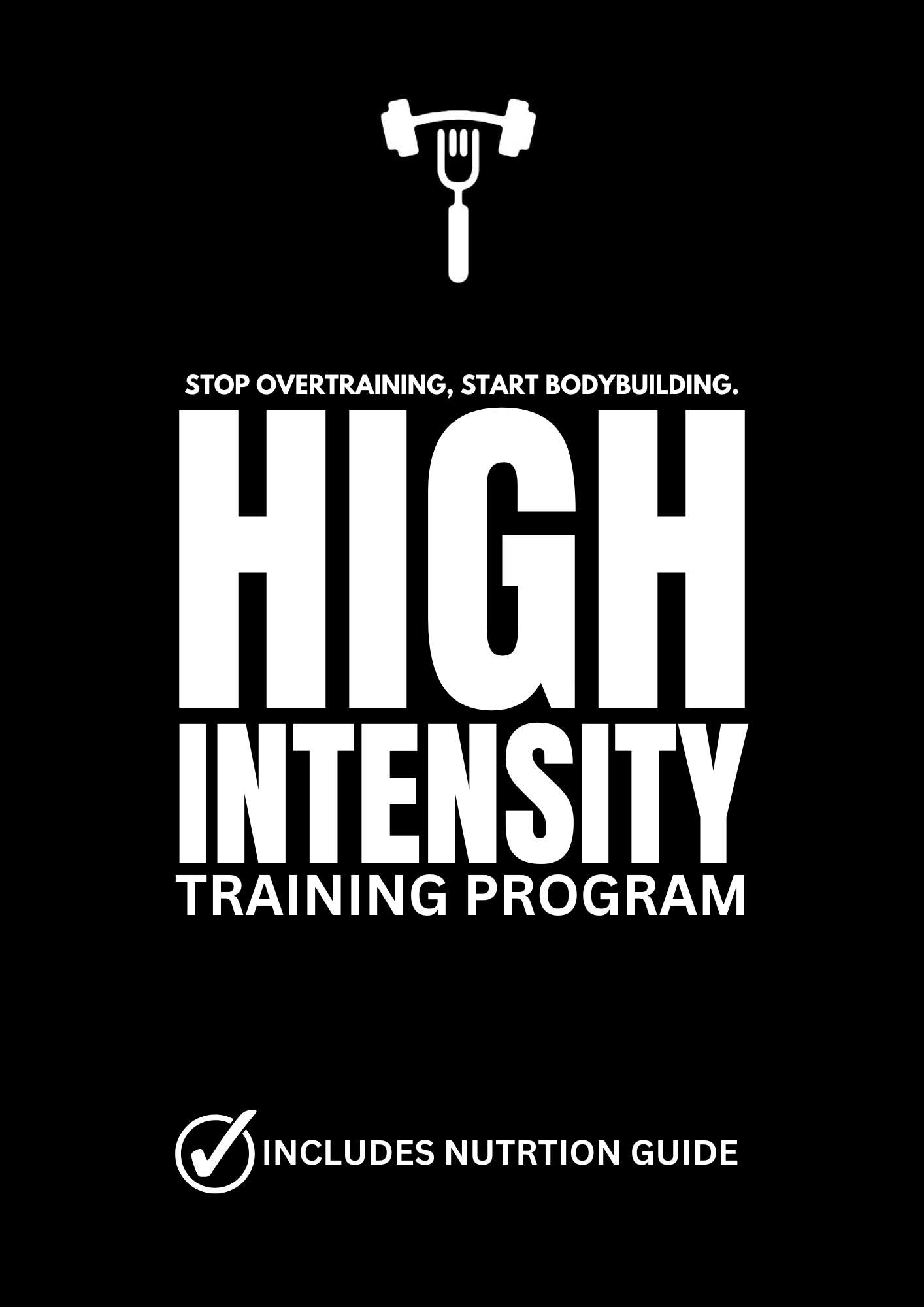
Understanding High-Intensity Training (HIT)
- The Philosophy
Intensity over Volume: HIT is based on the principle that muscle growth is stimulated not by the quantity of work (volume) but by the quality and intensity of the effort. Each exercise should be performed with maximum effort, reaching failure in a controlled and safe manner.
Efficiency: Unlike traditional bodybuilding programs that require hours in the gym, HIT is designed to be time-efficient. Workouts are brief, often lasting less than 45 minutes, but they are incredibly intense.
- Principles of HIT
Progressive Overload: Continuously increasing the weight or resistance used in each exercise to force the muscles to adapt and grow.
Low Frequency: Because of the high intensity, workouts are performed less frequently to allow for adequate recovery. Mentzer advocated for training each body part only once every 4-7 days.
Training to Failure: Each set is taken to the point of muscular failure, meaning you cannot complete another rep with good form. This ensures that you’re fully exhausting the muscle fibers.

Workout Structure
- Warm-Up
Brief and Specific: A short, 5-10 minute warm-up focusing on the muscle group to be trained is sufficient. For example, light sets of the exercise you'll be performing.
- Workout Frequency
Less is More: We recommended training each muscle group infrequently, with full-body workouts or split routines performed once every 4-7 days. Overtraining is avoided by allowing ample recovery time between sessions.
- Exercise Selection
Compound Movements: Focus on compound exercises that work multiple muscle groups at once. Examples include squats, deadlifts, bench presses, and pull-ups. These exercises provide the greatest stimulus for muscle growth.
Minimal Sets: Each exercise typically involves just 1-2 working sets, performed to failure. These are done after warm-up sets (if necessary), with the emphasis on maximum effort.
Sample Workout Routine
Day 1: Upper Body
- Incline Bench Press: 1 set to failure.
- Pull-Ups: 1 set to failure.
- Overhead Press: 1 set to failure.
- Barbell Rows: 1 set to failure.
Day 2: Rest or Active Recovery
Day 3: Lower Body
- Squats: 1 set to failure.
- Deadlifts: 1 set to failure.
- Leg Press: 1 set to failure.
- Calf Raises: 1 set to failure.
Day 4-7: Rest or Active Recovery
Repeat the cycle after 3-4 days of rest, adjusting based on how your body feels.

Key Training Techniques
- Forced Reps
Once you reach failure, have a training partner assist you in completing 1-2 more reps. This pushes the muscle beyond its normal capacity.
- Negatives (Eccentric Reps)
Focus on the lowering phase of the movement, which is where the muscle can handle more weight. For example, in a bench press, take 4-6 seconds to lower the bar to your chest.
- Static Holds
After reaching failure, hold the weight in the most difficult position for as long as possible. This further exhausts the muscle fibers.
Recovery and Nutrition
- Importance of Recovery
Adequate Rest: Muscles grow during rest, not during the workout. Ensure you’re getting at least 7-9 hours of sleep each night.
Active Recovery: Light activities like walking, stretching, or yoga can help promote blood flow and recovery without taxing the muscles.
- Nutrition
High Protein Diet: Consume at least 1 gram of protein per pound of body weight daily to support muscle repair and growth.
Caloric Surplus: To gain muscle, you need to consume more calories than you burn. Focus on whole foods like lean meats, complex carbs, and healthy fats.
Supplements: Consider basic supplements like whey protein, creatine, and multivitamins to support your diet.
Monitoring Progress
- Strength Gains
Track your weights and reps for each exercise. Consistent progress in strength is a key indicator that your muscles are growing.
- Body Measurements
Measure key areas like chest, arms, waist, and legs every few weeks to monitor growth and adjust your program as needed.
- Rest and Adjustments
If you hit a plateau or feel excessively fatigued, extend your rest days or reduce the workout volume temporarily.

Common Pitfalls and Solutions
- Overtraining
Despite the low volume, some individuals might still experience overtraining. Listen to your body and take additional rest days if needed.
- Inadequate Nutrition
Not eating enough can sabotage your gains. Ensure you’re in a caloric surplus and getting sufficient protein.
- Poor Form
Focus on perfecting your form to avoid injury, especially when training to failure.

Advanced HIT Techniques
Once you’ve mastered the basics, consider incorporating advanced techniques like pre-exhaustion (training an isolated muscle before a compound movement) or super slow reps (performing each rep with a very slow tempo).
Conclusion
High-Intensity Training is a powerful, efficient way to build muscle and strength. By focusing on intensity, proper recovery, and progressive overload, you can achieve impressive results with less time in the gym. Remember, the key to success with HIT is consistency, effort, and listening to your body.


